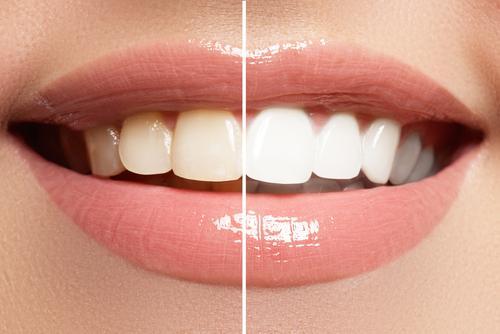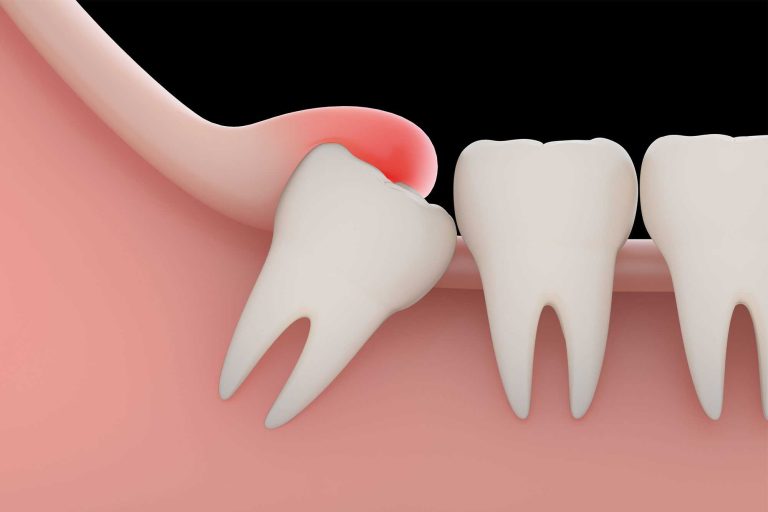how to get rid of stains on teeth: A Comprehensive Guide
Having a bright, white smile is something many people strive for, but over time, our teeth can become stained and discolored. Stains on teeth can be caused by various factors, including food, drinks, smoking, and poor oral hygiene. Fortunately, there are several methods to help you get rid of these unsightly stains and restore your teeth’s natural whiteness.
Understanding Teeth Staining
Common Causes of Teeth Stains
Teeth staining can occur due to a variety of reasons, including:
Types of Teeth Stains
Teeth stains can be classified into two main categories:
- Extrinsic stains: These are surface stains caused by external factors like food, drinks, and tobacco. Extrinsic stains are usually easier to remove.
- Intrinsic stains: These stains originate from within the tooth structure, often due to aging, trauma, or excessive exposure to fluoride during childhood. Intrinsic stains are more challenging to treat.
Natural Remedies for Stain Removal
If you’re looking for safe and cost-effective methods to remove teeth stains, consider trying these natural remedies:
Baking Soda and Hydrogen Peroxide
Baking soda is a mild abrasive that can help scrub away surface stains, while hydrogen peroxide is a natural bleaching agent. Mix a small amount of baking soda with hydrogen peroxide to create a paste, and gently brush your teeth with it. Rinse thoroughly afterward.
Fruit and Vegetable Peels
The peels of certain fruits and vegetables, like oranges, lemons, and strawberries, contain natural acids and enzymes that can help break down and remove stains. Rub the peels directly on your teeth or make a paste with them and brush your teeth.
Apple Cider Vinegar
Apple cider vinegar has natural whitening properties and can help remove stains. Mix equal parts of apple cider vinegar and water, and use this solution to rinse your mouth after brushing.
Professional Teeth Whitening Methods
For more stubborn or intrinsic stains, you may need to consider professional teeth whitening methods:
In-Office Teeth Whitening
This procedure is performed by a dentist or dental professional and involves the application of a highly concentrated bleaching gel to your teeth. The process is typically completed in one or two office visits and can provide dramatic results.
At-Home Teeth Whitening Kits
Over-the-counter teeth whitening kits are also available for use at home. These kits often come with whitening strips or trays that contain a lower concentration of bleaching agents. While less potent than in-office treatments, they can still effectively remove surface stains with consistent use.
Preventive Measures for Stain-Free Teeth
While it’s essential to address existing stains, it’s equally important to take preventive measures to maintain your bright smile:
Maintain Good Oral Hygiene
Brushing and flossing regularly can help prevent plaque and tartar buildup, which can lead to staining. Use a soft-bristled toothbrush and a whitening toothpaste for added protection.
Avoid Stain-Causing Foods and Beverages
While it’s not always possible to completely eliminate stain-causing foods and drinks from your diet, try to limit your consumption of items like coffee, tea, red wine, and dark-colored fruits and vegetables. If you do indulge, be sure to rinse your mouth with water afterward.
Stop Smoking and Tobacco Use
Quitting smoking and using tobacco products can significantly reduce your risk of developing unsightly stains on your teeth. Your dentist or healthcare provider can provide resources and support to help you quit.
Conclusion
Stained teeth can be a source of insecurity and self-consciousness, but with the right approach, you can regain your confidence and achieve a brighter, whiter smile. Whether you choose natural remedies or professional treatments, it’s essential to understand the causes of staining and take preventive measures to maintain your results. Remember, a consistent oral hygiene routine and lifestyle changes can go a long way in keeping your teeth stain-free and healthy for years to come.
FAQs
Can whitening toothpaste remove stains?
Whitening toothpaste can help remove surface stains and prevent new ones from forming, but it may not be effective for deeper, intrinsic stains.
How often should I whiten my teeth?
The frequency of teeth whitening depends on the method used and the severity of your stains. For professional treatments, your dentist will provide guidance on how often you should undergo the procedure. At-home kits can be used more frequently, but it’s important to follow the manufacturer’s instructions.
Are teeth whitening treatments safe?
When performed correctly and under the supervision of a dental professional, teeth whitening treatments are generally safe. However, some people may experience temporary sensitivity or gum irritation.
Can I whiten my teeth if I have dental work like crowns or veneers?
Teeth whitening treatments are not effective on dental work like crowns, veneers, or fillings. These restorations will not change color, which can lead to an uneven appearance after whitening your natural teeth.
How long do the results of teeth whitening last?
The longevity of teeth whitening results varies from person to person and depends on your lifestyle and oral hygiene habits. Generally, the effects can last several months to a year or more with proper maintenance.




